#native american art
Text

Article Link
"Minnetonka first started selling its “Thunderbird” moccasins in 1965. Now, for the first time, they’ve been redesigned by a Native American designer.
It’s one step in the company’s larger work to deal with its history of cultural appropriation. The Minneapolis-based company launched in the 1940s as a small business making souvenirs for roadside gift shops in the region—including Native American-inspired moccasins, though the business wasn’t started or run by Native Americans. The moccasins soon became its biggest seller.

[Photo: Minnetonka]
Adrienne Benjamin, an Anishanaabe artist and community activist who became the company’s “reconciliation advisor,” was initially reluctant when a tribal elder approached her about meeting with the company. Other activists had dismissed the idea that the company would do the work to truly transform. But Benjamin agreed to the meeting, and the conversation convinced her to move forward.
“I sensed a genuine commitment to positive change,” she says. “They had really done their homework as far as understanding and acknowledging the wrong and the appropriation. I think they knew for a long time that things needed to get better, and they just weren’t sure what a first step was.”

Pictured: Lucie Skjefte and son Animikii [Photo: Minnetonka]
In 2020, Minnetonka publicly apologized “for having benefited from selling Native-inspired designs without directly honoring Native culture or communities.” It also said that it was actively recruiting Native Americans to work at the company, reexamining its branding, looking for Native-owned businesses to partner with, continuing to support Native American nonprofits, and that it planned to collaborate with Native American artists and designers.
Benjamin partnered with the company on the first collaboration, a collection of hand-beaded hats, and then recruited the Minneapolis-based designer Lucie Skjefte, a citizen of the Red Lake Nation, who designed the beadwork for another moccasin style and a pair of slippers for the brand. Skjefte says that she felt comfortable working with the company knowing that it had already done work with Benjamin on reconciliation. And she wasn’t a stranger to the brand. “Our grandmothers and our mothers would always look for moccasins in a clutch kind of situation where they didn’t have a pair ready and available to make on their own—then they would buy Minnetonka mocs and walk into a traditional pow wow and wear them,” she says. Her mother, she says, who passed away in 2019, would have been “immensely proud” that Skjefte’s design work was part of the moccasins—and on the new version of the Thunderbird moccasin, one of the company’s top-selling styles.
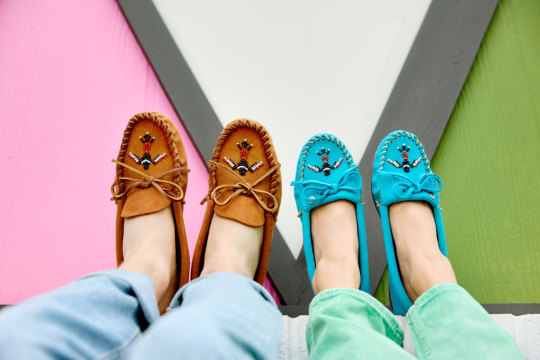
[Photo: Minnetonka]
“I started thinking about all of those stories, and what resonated with me visually,” Skjefte says. The redesign, she says, is much more detailed and authentic than the previous version. “Through the redesign and beading process, we are actively reclaiming and reconnecting our Animikii or Thunderbird motif with its Indigenous roots,” she says. Skjefte will earn royalties for the design, and Minnetonka will also separately donate a portion of the sale of each shoe to Mni Sota Fund, a nonprofit that helps Native Americans in Minnesota get training and capital for home ownership and entrepreneurship.
Some companies go a step farther—Manitobah Mukluks, based in Canada, has an Indigenous founder and more than half Indigenous staff. (While Minnetonka is actively recruiting more Native American workers, the company says that employees self-report race and it can’t share any data about its current number of Indigenous employees.) Beyond its own line of products, Manitobah also has an online Indigenous Market that features artists who earn 100% of the profit for their work.
White Bear Moccasins, a Native-owned-and-made brand in Montana, makes moccasins from bison hide. Each custom pair can take six to eight hours to make; the shoes cost hundreds of dollars, though they can also be repaired and last as long as a lifetime, says owner Shauna White Bear. In interviews, White Bear has said that she wants “to take our craft back,” from companies like Minnetonka. But she also told Fast Company that she doesn’t think that Minnetonka, as a family-owned business, should have to lose its livelihood now and stop making moccasins.
The situation is arguably different for other fashion brands that might use a Native American symbol—or rip off a Native American design completely—on a single product that could easily be taken off the market. Benjamin says that she has also worked with other companies that have discontinued products.
She sees five steps in the process of reconciliation. First, the person or company who did wrong has to acknowledge the wrong. Then they need to publicly apologize, begin to change behavior, start to rebuild trust, and then, eventually, the wronged party might take the step of forgiveness. Right now, she says, Minnetonka is in the third phase of behavior change. The brand plans to continue to collaborate with Native American designers.
The company can be an example to others on how to listen and build true relationships, Benjamin says. “I think that’s the only way that these relationships are going to get any better—people have to sit down and talk about it,” she says. “People have to be real. People have to apologize. They have to want to reconcile with people.”
The leadership at Minnetonka can also be allies in pushing other companies to do better. “My voice is important at the table as an Indigenous woman,” Benjamin says. “Lucie’s voice is important. But at tables where there’s a majority of people that aren’t Indigenous, sometimes those allies’ voices are more powerful in those spaces, because that means that they’ve signed on to what we’re saying. The power has signed on to moving forward and we agree with ‘Yes, this was wrong.’ That’s the stuff that’s going to change [things] right there.”"
-via FastCompany, February 7, 2024
#indigenous#indigenous artists#indigenous art#moccasins#thunderbird#native american#native american art#cultural appropriation#indigenous peoples#cultural representation#minnesota#minnetonka#minneapolis#red lake nation#ojibwe#anishinaabe#reconciliation#fashion#fashion news#good news#hope#indigenous designers#native artist#indigenous artist
1K notes
·
View notes
Text
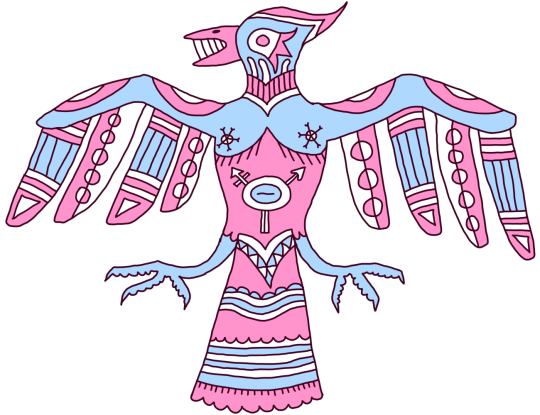
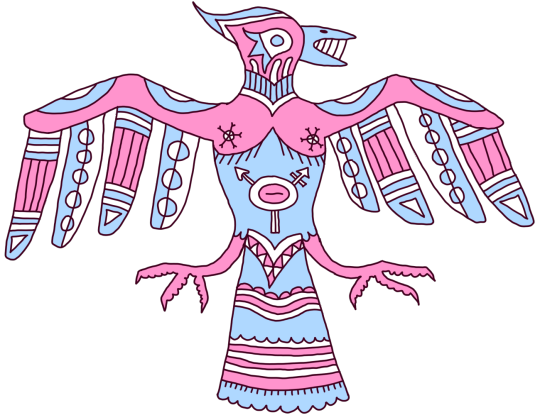
trans ndn bird 🐦 first real 2s-y art ive managed to design and finish
#native american art#indigenous art#2spirit#transgender#trans artwork#ndn art#ikbili#tradish#hatuk upi homma
1K notes
·
View notes
Text
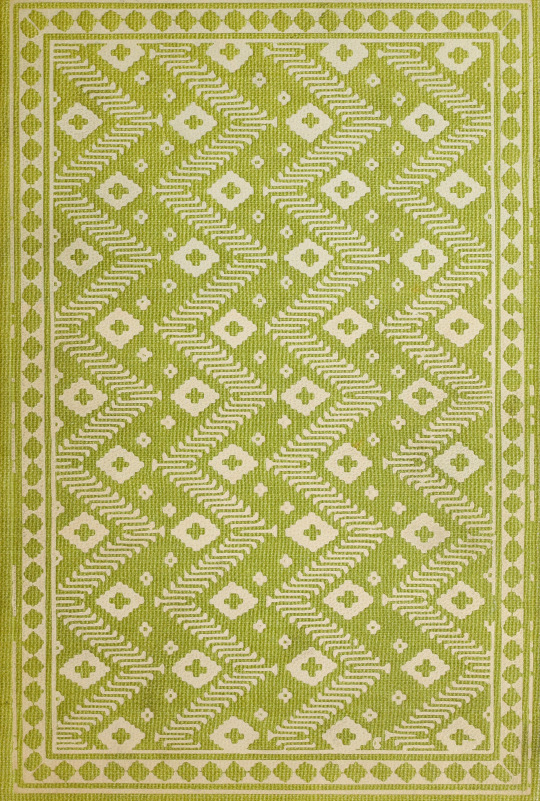
Indian basketry. 1904. Book cover.
Internet Archive
#basket making#basketry#book cover#zig zag#pattern#design#indigenous art#native american art#1904#early 1900s
3K notes
·
View notes
Text
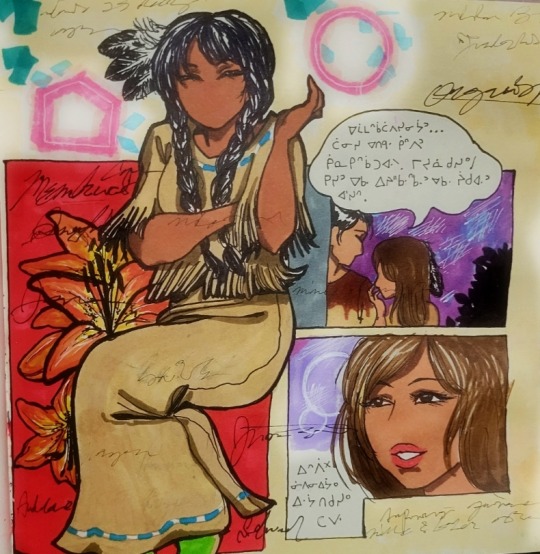
ᒫᐣᑲ...
Fake panel of a "shoujo" (inspired) comic in a Native Ledger art style
#justin's art#ndn art#ledger art#native american#native american art#first nations#fnmi#artists on tumblr
557 notes
·
View notes
Text
i want to highlight a native american artist that i adore this native american heritage month, steph littlebird! here's just a few of my favorite pieces & those that i have bought prints or stickers of

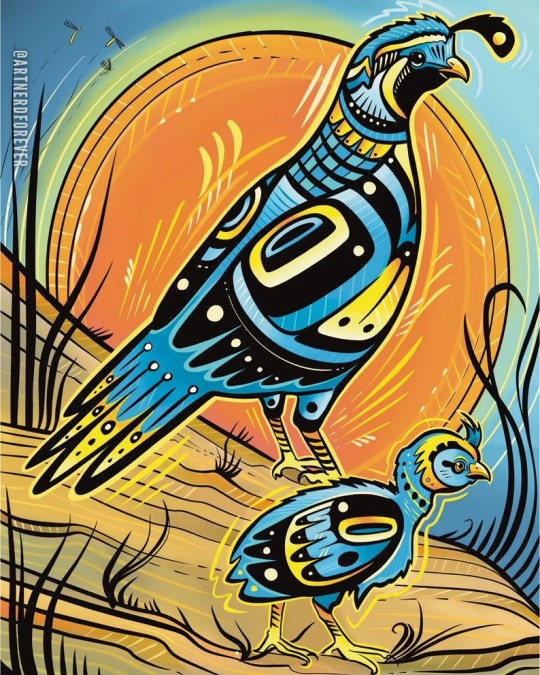

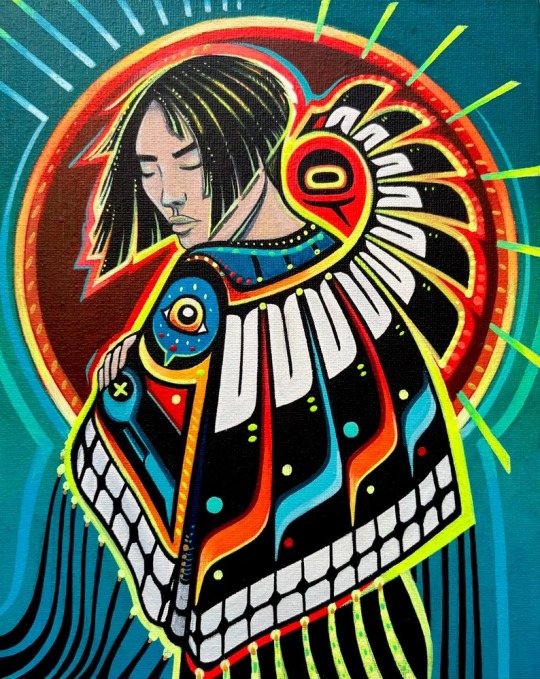
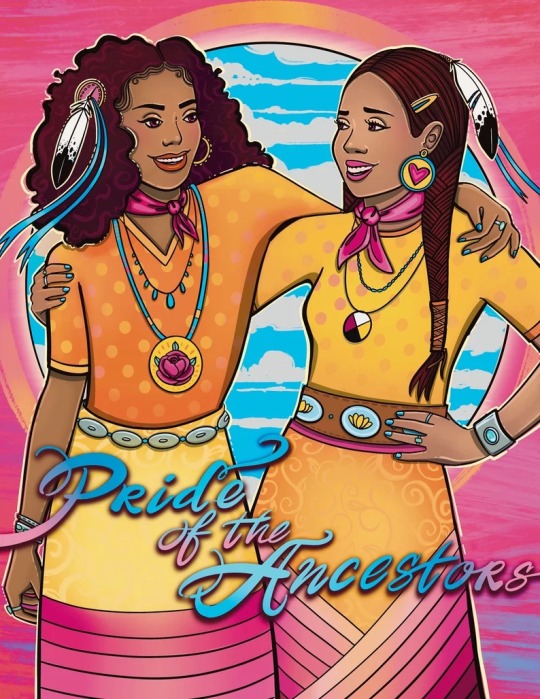

i would highly recommend checking out steph's etsy shop!
#steph littlebird#stephlittlebird#native american#native american artist#native american art#art#two spirit#tarot#the lovers#trans#queer
714 notes
·
View notes
Text
Hey y’all, if you’re a jewelry fan, the Native Seed Search website has dropped a jewelry update to help support their work: A Native American seed bank focused on the indigenous food of the American Southwest. Most of the jewelry for sale is silver and turquoise: a traditional art of the Diné (Navajo).
A selection of things for sale at the time of this post:
This sick gecko pin

These gorgeous dangle earrings
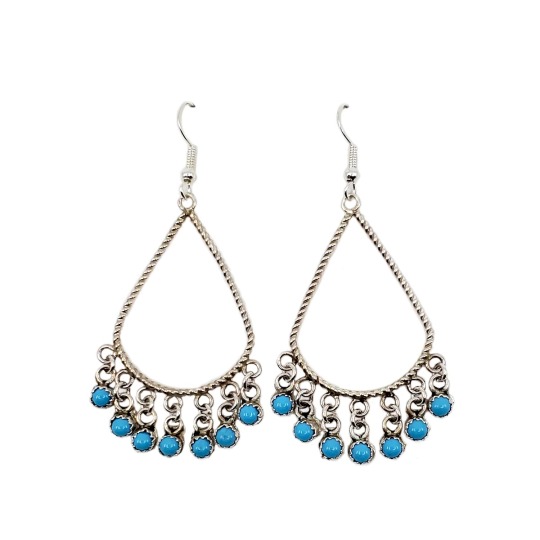
And these delicate feather earrings

Plus much more! I know none of us on this site have any money, but if you find any down the back of the couch, this is a great cause and some gorgeous wearable art.
(If you need international shipping, I would inquire with them directly, since I think their assumption is that most sales would be domestic.)
#indigenous art#native american#native american art#seed bank#conservation#biodiversity#sustainability#rocky rambles
1K notes
·
View notes
Photo
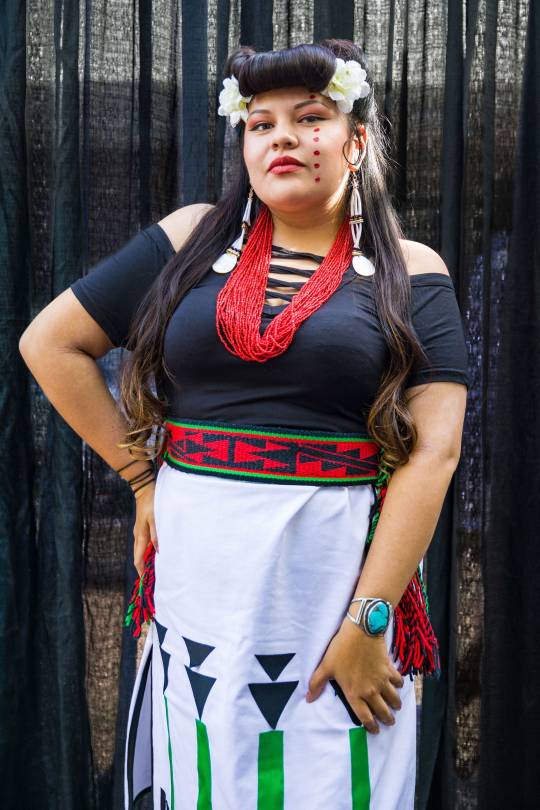
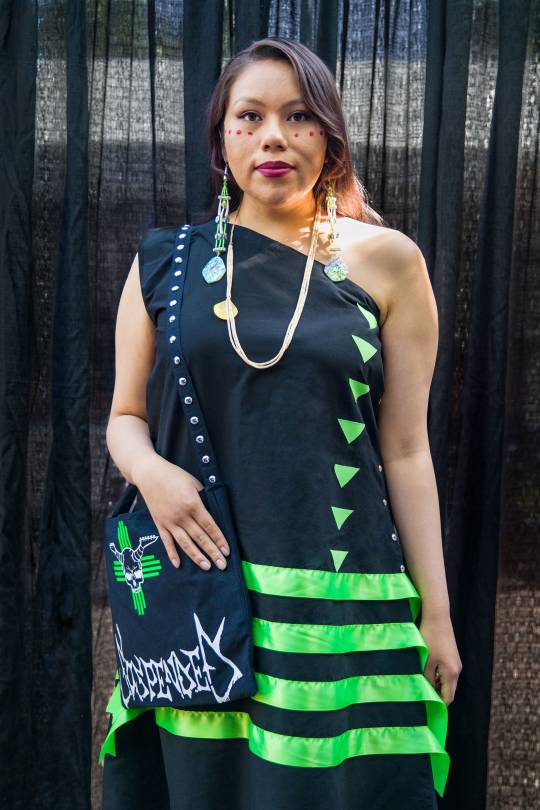

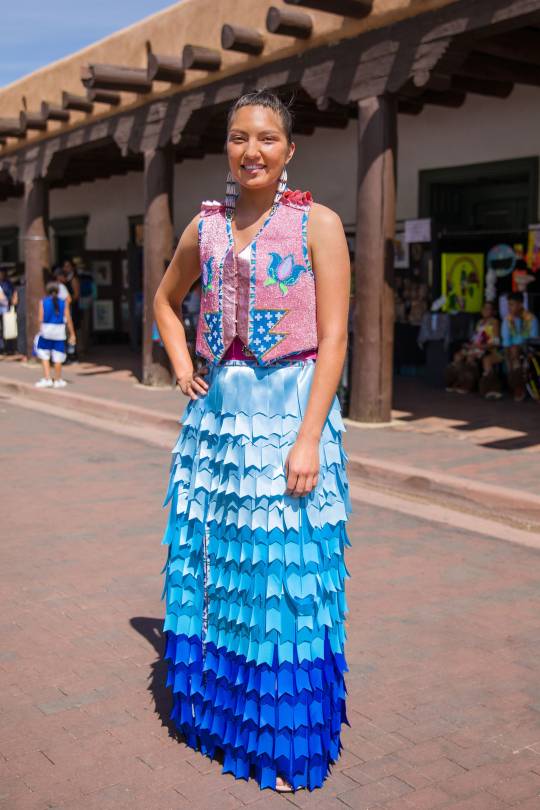

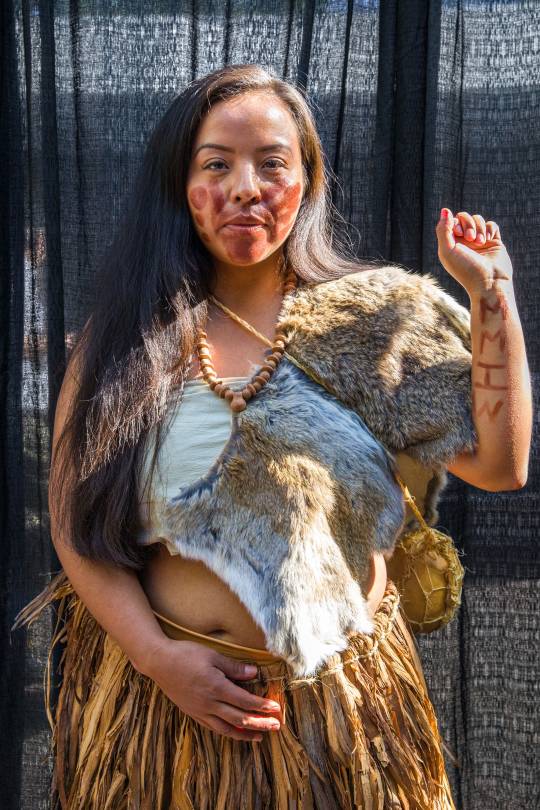

Street style at the Santa Fe Indian Market, photographed by Shayla Blatchford
Check out the source for article, more photos, and names of designers!
Another Vogue article on artists and designers at the Santa Fe Indian Market.
More images below the cut!
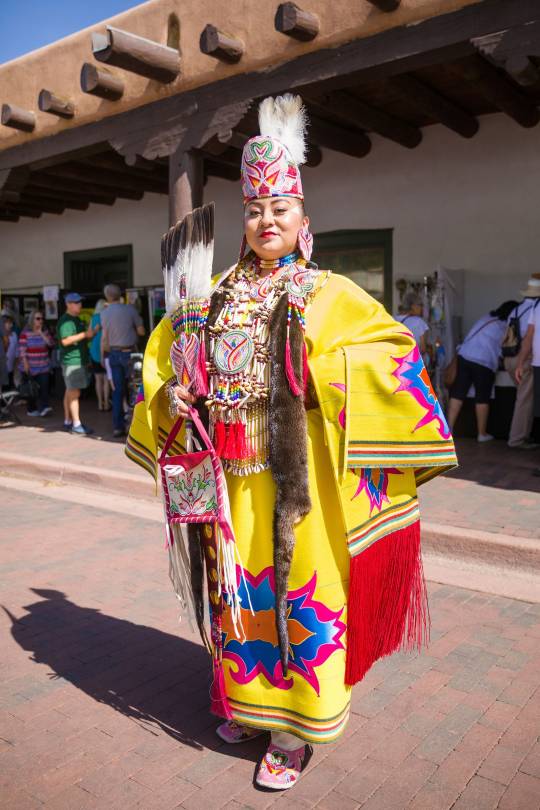
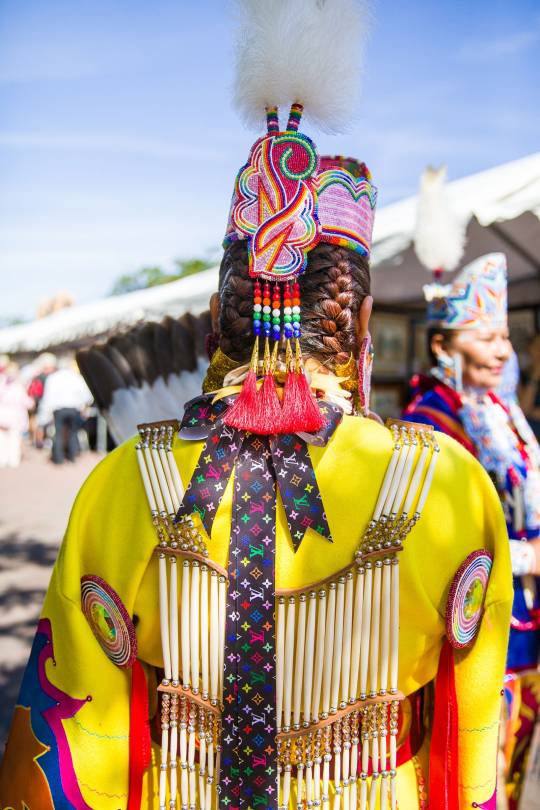
^ Natasha Ashley Brokeshoulder
“Natasha Ashley Brokeshoulder, for instance, who is Diné, wore a wing dress created by her father-in-law, while her breastplate was assembled by her husband. “I got the right to wear the regalia that I have from my husband, who is Absentee Shawnee from the Southern Plains,” she said, adding that it is respectful to gain permission from other tribes to wear their specific styles of garment.”
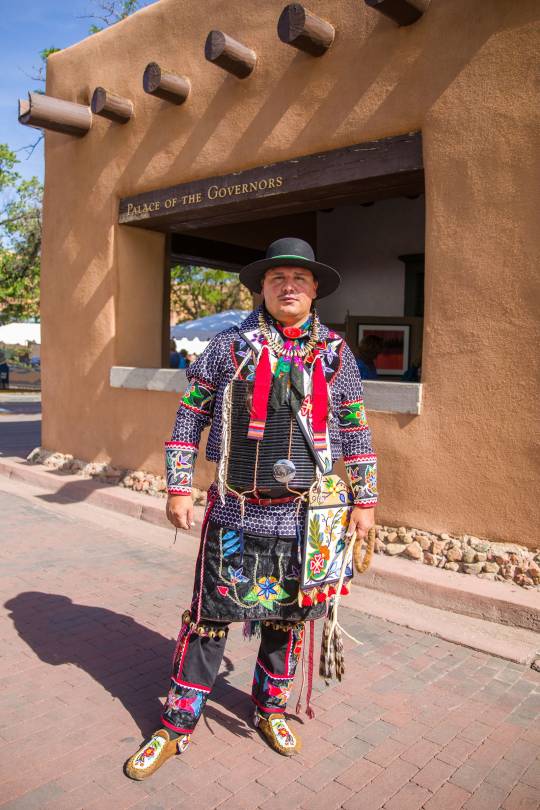
^ James Budday
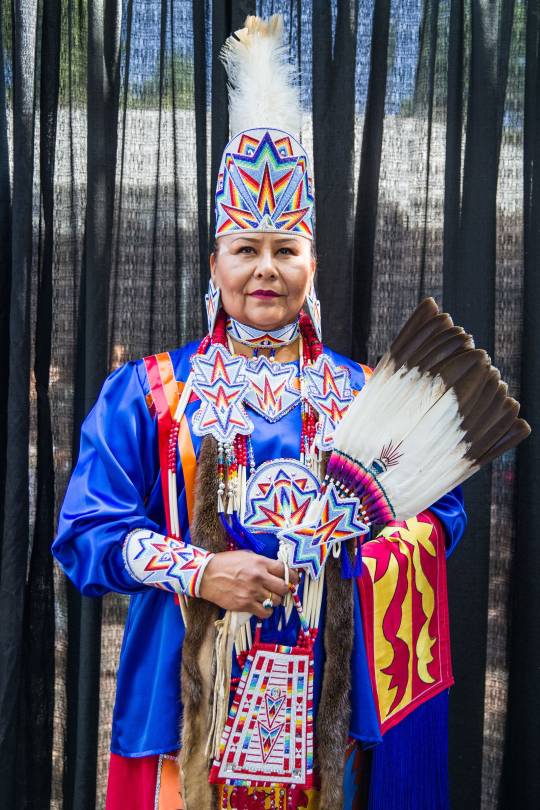
^ Sharon Brokeshoulder
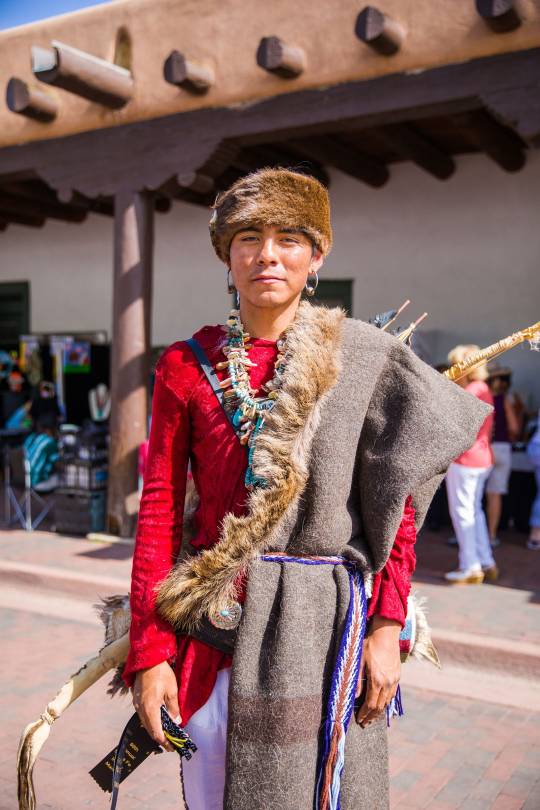
^ Zeke Arjeanas
‘Others chose a more historical approach to fashion. Zeke Arjeanas, who is also Diné and won first place in the men’s category, referenced the Long Walk of the Navajo (the 1860s deportation of this indigenous tribe from their native land) for his traditional Clothing Contest outfit. “What I’m wearing is a blanket—not a Navajo blanket, but an army-issued blanket that was issued to the Navajos [at that time],” he said. “With the army-issued blanket, it’s a lot thicker and scratchier versus a Navajo textile blanket, which was more fine, lightweight, and waterproof.”’
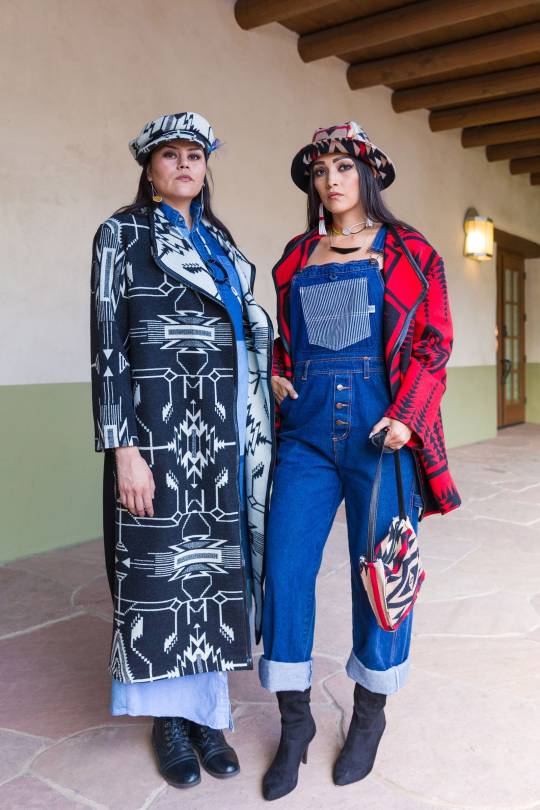
^ Two looks from Korina Emmerich with jewelry by Tania Larsson
“...the new collection of the New York–based designer Korina Emmerich (Puyallup), whose asymmetrical vests and graphic wool coats offered a modern interpretation of her tribe’s punchy aesthetic. She also used Gwich’in-inspired jewelry by Larsson, mentioned above, in the show. “What I admire in Korina’s work is her modern, impeccable cuts,” Larsson said. “There is a traditional element that is inherent within my work because of the materials that I use and through the process that they are acquired, such as trade and through community exchanges.””

^ Phillip Bread in a Matthew Charley squash blossom necklace

^ Marcus Winchester
#fashion#native american#native american fashion#native american art#jewelry#headdress#men's fashion#hairstyles#shawnee#dine
5K notes
·
View notes
Photo

John Hoover, Unangan (Aleut) and American, 1919–2011 - Volcano Woman #1, 1990. Wood, metal hinges, and pigment; closed: 51 x 12 ¼ inches, open: 51 x 24 ¼ inches.
224 notes
·
View notes
Text
I Live On Stolen Land
Consider donating to one of these wonderful charities dedicated to preserving the cultures, livelihoods, rights, and dignity of Indigenous peoples.
First Nations Development Institute.
Information taken from their 'Our Programs' page: Grantmaker dedicated to addressing financial inequality and its many, many negative impacts. In additional to financial aid, FNDI provides job training and participates in policy-making and advocacy, often focusing on environmental concerns, food insecurity, and tribal sovereignty. Some examples of current projects include "Fortifying Our Forests" AKA restoring and protecting sacred land in partnership with the Forest Service, Native Language Immersion Initiative AKA ensuring the survival of Native languages, and Native Farm To School AKA connecting Native youth with traditional means of growing and harvesting food.
Native American Rights Fund
A registered non-profit that provides legal representation in matters of Native interest, be that a single individual or an entire tribe. Since their inception, they have won cases that made critical contributions to the advancement of Native rights in the United States. Their efforts have helped uphold tribal sovereignty, compelled museums, universities, and other institutions to return the remains of Native ancestors, and protected the voting rights of pretty much everyone.
Redhawk Native American Arts Council
This organization's primary focus is on the preservation of Native American arts through educational programs. We can also thank them for granting scholarships to Native students seeking higher education, and for running a youth program which aims to help Urban Indigenous youth connect with their heritage through the arts.
Seventh Generation Fund
A "fiscal sponsor" for smaller community groups that are run by and for Native tribes/individuals, with the focus of preserving heritage and defending tribal sovereignty, as well as continued survival post-genocide. One example of their work is the Flicker Fund, a disaster fund dedicated to supporting Indigenous communities during times of crisis, be that a pandemic, extreme weather, or a severe drought. Another is the Traditions Bearers Fellowship, which provides financial support to tribal community members who carry on pre-colonization traditions.
Quiluete Move To Higher Ground
Stephanie Meyer committed a serious of egregious acts of cultural appropriation and exploitation, and made a very large fortune off a very real tribe. This very real tribe now finds themselves living in a tsunami zone and unable to afford a move to a safer area. As of 2022, the move of the Tribal School, the most important phase, is complete, but there's much more work to be done.
Indigenous Women Rising Abortion Fund
A fund to provide Native individuals and family access to abortion care, menstrual hygiene supplies, and midwifery. Here are two separate articles verifying their status as the ONLY indigenous specific (and Indigenous led) abortion fund. For more information on how the destruction of Roe V Wade has negatively impacted Indigenous women, look here and here.
South Dakota Historical Society Foundation
So, this isn't a Native led or Native specific organization, but, they work closely with Indigenous communities in South Dakota to preserve their heritage alongside the state's history. I recently had a lovely conversation with one of their representatives about the Ghost Shirt their society is sheltering until such a time as the tribe it rightfully belongs to can house it safely. Article about the shirt's repatriation with some cool info on the shirt's history is here.
159 notes
·
View notes
Text
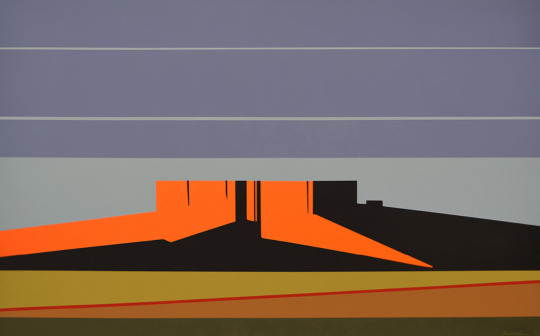
Dan Namingha — Red Desert Butte (acrylic on canvas, 2020)
532 notes
·
View notes
Text
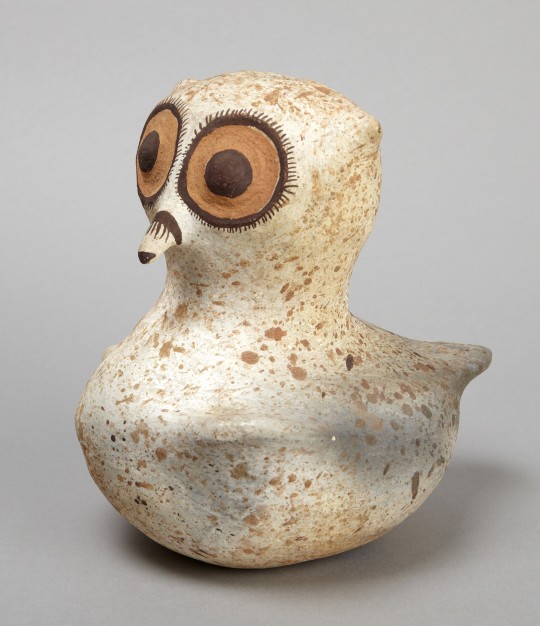
▪︎ Owl.
Place of origin: North America, United States, New Mexico, Zuni Pueblo (?), Colorado Plateau
Culture: Zuni, Native American
Date: ca. 1880
Medium: Ceramic with polychrome slip
566 notes
·
View notes
Text

David Cusick’s Sketches of Ancient History of the Six Nations' was published in 1828. It was the first account of Native American history and folklore written by an American Indian. There is continuing controversy about the extent to which Cusick may have compromised his Iriquois heritage in favor of negotiating a path through contrasting tribal views at a time of massive historical upheaval. Beyond this, the book has been touted as an early influence on Mormonism and as an origin for the Big Foot mythos. The Library of Congress version is missing a couple of illustrations that I think were issued in later editions. [The top illustration is called 'The Stonish People']
via bibliodyssey 2006
219 notes
·
View notes
Text

grand opening for my online shops! check me out at
insaktalhafa designs
on bonfire for shirts, mugs, & totes
on inprnt for prints and stickers
on redbubble for stickers, pins, magnets, phone cases, & more
if you buy anything, id love to see it when it arrives! you can tag me here on tumblr or on instagram. its native art but anyone can wear it - show off chickasaw traditional styling with pride and keep native art alive & visible!
keep an eye out because ill probably be adding more designs regularly as possible! especially more queer ones :)
links & info all together in one spot here at insaktalhafa.carrd.co



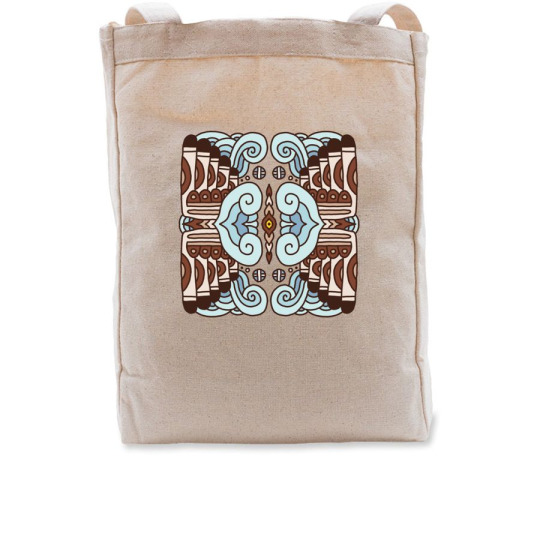
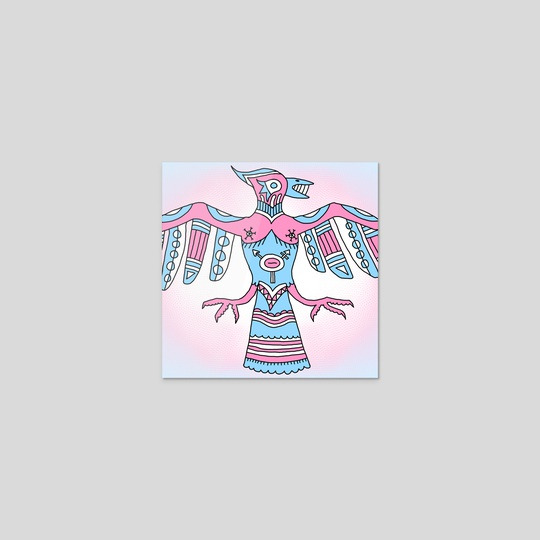
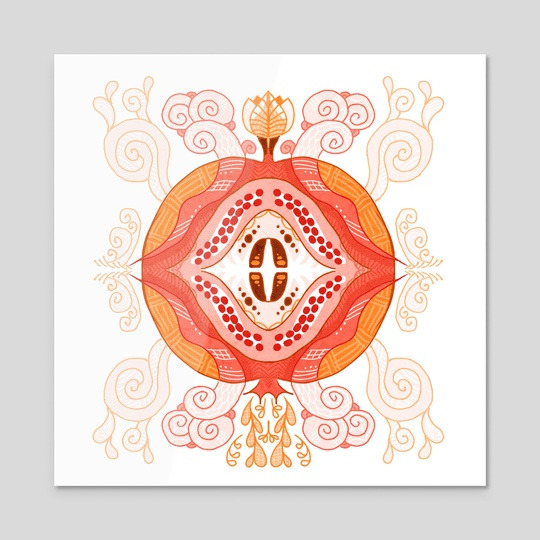

#native artist#indigenous artist#native american art#two spirit#queer artist#gd this doesnt fit my tag system bc its my art but also me linking other stuff but also just me talkin#shop promo#ikbili#ai itatoba
349 notes
·
View notes
Text
For #Woodensday:


#Seal figure by Melvin Olanna, 1968
Inupiat Eskimo, Shishmaref, Alaska, USA
Yellow cedar wood, L 32 x W 18.5 x H 20.5 cm
25/6106 Indian Arts & Crafts Board Collection, DOI, at Smithsonian NMAI
#animals in art#museum visit#20th century art#1960s#woodwork#effigy#sculpture#carving#seal#indigenous art#native american art#First Nations art#Melvin Olanna#Smithsonian NMAI
218 notes
·
View notes
Text

Copper plate known as the "Etowah Dancer", uncoverd at the Etowah mounds in near Cartersville, Georgia but believed to be crafted in Cahokia, a large Mississippian culture city located in what is now southern Illinois. Dated to the 13th century AD.
from The Smithsonian
550 notes
·
View notes
Text
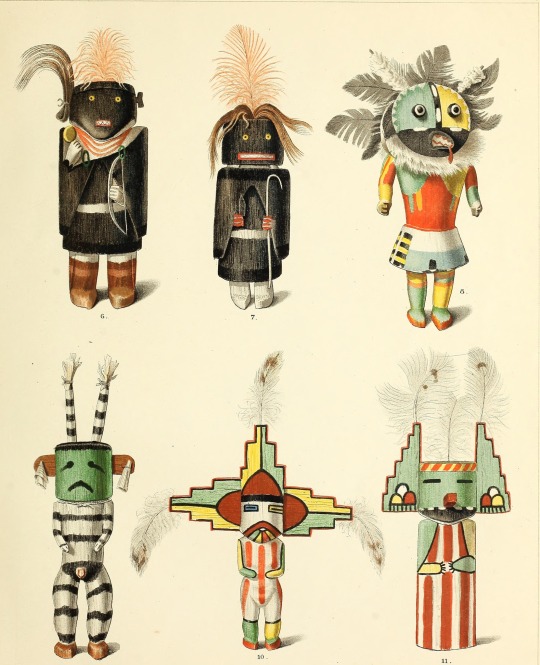

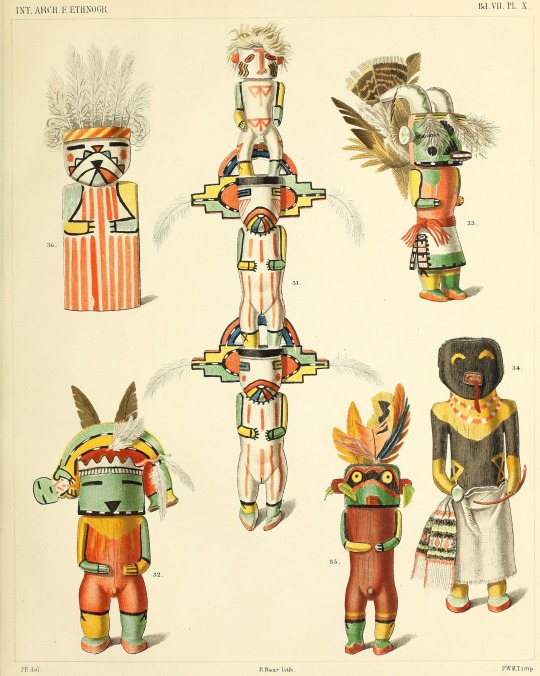
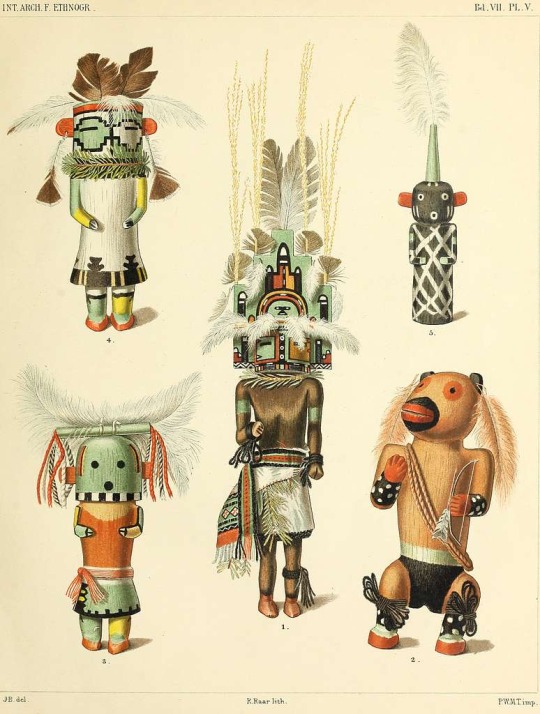


Dolls of the Tusayan Indians, illustrations
ca. 1894
J.W. Fewkes, Author
#native american art#indigenous art#indigenous culture#indigenous people#jw fewkes#kachina#native american history#native american culture#aesthetic#beauty#art history#aesthetictumblr#tumblraesthetic#tumblrpic#tumblrpictures#tumblr art#tumblrstyle#artists on tumblr
158 notes
·
View notes